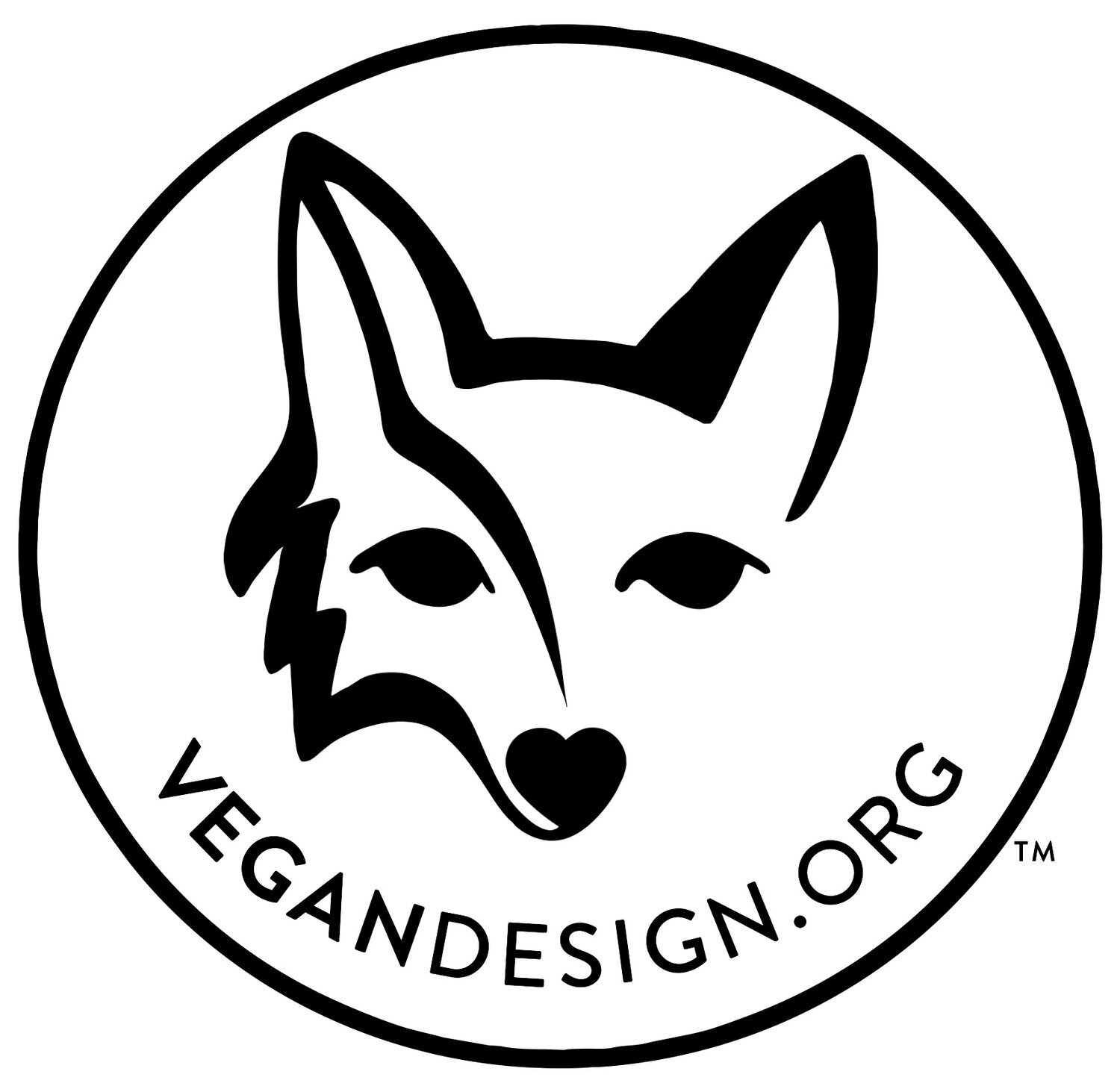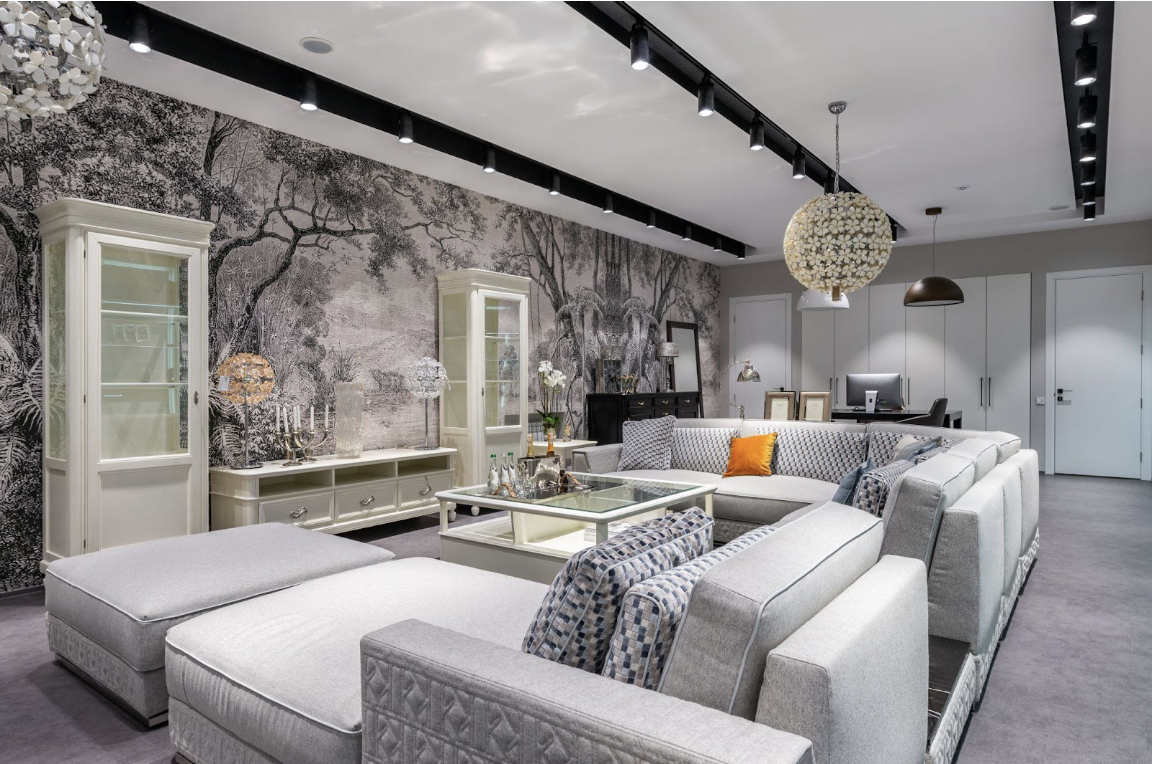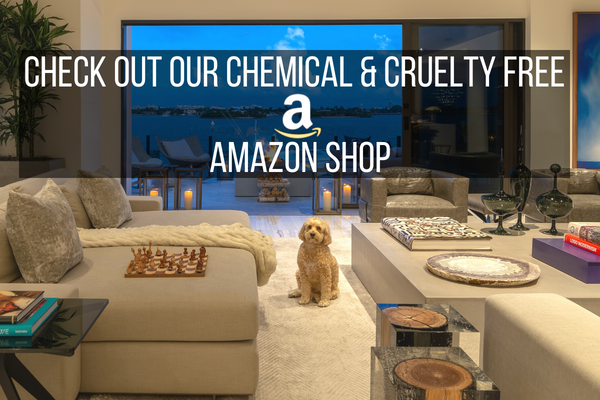Make Your Home Safer With Non-Toxic Wallpaper
Are you concerned about chemicals in your home? Is your focus on living a toxic-free and sustainable lifestyle? When looking at the interior of your home, one method to help decide what needs updating is to ask yourself, is this material safe for my family to be around for most of their lives? If your answer is NO, it might be time to make some non-toxic upgrades.
A good starting point is with your cleaning products, then furniture and decor, but something that may not seem apparent immediately is your home's wallpaper. Whether you have an old or a new home, you might already have or are considering adding wallpaper as a design element. Wallpaper can be a fun way to add style and color to a room, but you have to be diligent about the brands and products of wallpaper you use. Certain wallpaper can contain toxins, including lead, so it’s important to educate yourself on what wallpaper is safest and what type to avoid.
Making Updates
If your home currently has wallpaper, depending on the age of the home, it can be hard to determine what type. If it’s an older home, you can most likely assume that the wallpaper contains the harmful toxins we’ll be discussing. Before beginning a project of removing old wallpaper, come up with a project plan. You should hire a professional to ensure it's removed properly and avoid being in contact with potential chemicals.
Understanding Materials
With a majority of wallpapers including toxins and emitting volatile organic compounds or VOCs, being knowledgeable on eco-friendly brands and materials is necessary. These are chemicals that are harmful to you and your family. A healthier lifestyle begins in your home, which is why any harmful wallpaper should be updated and new wallpaper purchased should be:
PVC-free
Created with water-based inks
Made from renewable fibers
To help understand what to avoid, this list of materials is most toxic and can be harmful to you and your family.
Lead
PVC
Harmful inks
Heavy Metals
Flame retardants
Arsenic
Any of the above can lead to health issues like cancer, asthma, reproductive issues, migraines, and other lasting concerns.
Choosing Vegan & Safe Options
When aiming to live a more eco-friendly and vegan lifestyle, you also have to consider animal products. Leather wallpaper has been used to create a look of luxury. Also, wool wallpaper has been used to create a textured look. Wallpaper has taken many forms throughout history to elevate and enhance homes, but there are alternative options that support a vegan lifestyle.
In addition to toxic wallpaper materials, the traditional application process of using paste can be harmful. Most wallpaper adhesives contain biocides, which do not break down in the environment, leading to long-term toxicity. Application process and materials are something to consider when looking into healthier alternatives for wallpaper.
In today’s modern world, though, safety and material quality are more important than how it looks. Luckily, there are companies that are striving for safe ingredients while still achieving fashion and function. Keep reading to learn how to find safer wallpaper. First and foremost, you want wallpaper that is non-toxic. This can mean many different things, so we’ll walk you through each type.
PVC-Free
A PVC-free wallpaper will create healthy and breathable air quality. PVC-free means it does not include harmful microplastics, lead, mercury, or chlorine. In addition to being PVC-free, you should look for statements that say phthalate and formaldehyde free as well. You want to look for products that are GreenGuard gold certified. This is a standard that is set to ensure a product has low chemical emissions.
Water Based Ink
When looking at wallpaper options, you want something that is water-based ink vs. traditional ink. Alternative inks that are solvent-based will be higher in VOCs. A bonus is a product that is created from water-based ink and on recyclable paper or made from vegetable dyes.
Flame Retardant Free Wallpaper
Flame retardant products can contain additional toxic chemicals. When searching for non-toxic wallpaper, seek a product that is flame-retardant free. You want to avoid flame retardants because some of these ingredients can include tin, silver, and titanium dioxide.
Natural Materials
Many eco-friendly options are made from natural elements. These include leaves, sand, pebble, cork, grass cloth, hemp, and mica. You want to look for organic, and you can verify sustainability by looking for the FSC labeling.
Choosing Where & How To Apply
Non-toxic wallpaper options will also vary in the application process to make it safer and more sustainable. You don’t want to use the traditional way of pasting. New eco-friendly alternatives will include peel and stick, pre-pasted, or unpasted. Peel and stick will not require any additional products. Pre-pasted you just add water and unpasted you will add the paste to the wall or the paper. If you have to use paste, choose a non-toxic option like starch paste.
If you will be adding new wallpaper to a small area you may be able to DIY, but if you are making multiple changes to the walls a professional is best. If you are making numerous updates at once, consider using the equity in your home to help fund the project and pay for contractors. When you are making safe and sustainable upgrades, you are investing in your home and your family’s health.
Plus with new and easier options like peel and stick it makes it easier to change the design of a room more frequently. There are many different ways to style wallpaper. Popular options are just doing one wall of a room as an accent wall or half of the wall. It’s a good way to add color to a laundry or mud room. With these non-toxic options, it also can be used for a playroom or nursery.
Like this nursery? Let’s design your dream nursery with non-toxic wallpaper & eco-friendly furniture! Sign up for a Virtual Design consult or 20-minute phone call HERE or learn more about the Online Nursery & Kids Room Design Course HERE !
Choosing to live a cruelty-free and non-toxic lifestyle is one of the best ways to ensure optimal health for your family. It can take time to make the switch in your home and your daily tasks, but the results are worth it. Check out our courses and tip sheets for more information.
Join my Facebook Community “Design for a Non-Toxic & Cruelty-Free Home.
Wish to receive more articles like this? Subscribe to my newsletter.
Check out our non-toxic and cruelty-free Amazon shop.
Learn how to design spaces that are non-toxic, non-animal based (vegan), and promote wellbeing,
by subscribing to our Youtube Channel.
🌸 IN CASE YOU MISSED IT 🌸
Need even more pet-friendly home design tips? Check out our FREE Vegan Design Tips Sheet
We were featured in Architectural Digest, check out the article HERE
Have you taken our newest course?! Learn more about the Online Nursery & Kids Room Design Course HERE
Need help finding vegan-friendly furniture & decor shops? Check out our Resource Guide (includes over 150 brands)!
Need help creating a safe & healthy home for you & your pets? BOOK US for a 20-minute call!
Avoid buying furniture and decor that contains these nine chemicals.
5 Nontoxic Peel And Stick Wallpapers To Brighten Your Walls
Best Materials for a Kitchen Backsplash Remodel
Four Ways Your Home Could Be Making You Sick (And How To Fix Them)
* Just a heads up: this pages contains affiliate links (as an Amazon Associate, we earn from qualifying purchases)! If you buy something through one of these links, you won't pay a penny more, but we'll get a small commission, which helps keep our tummies full 🐶Thanks! :)




